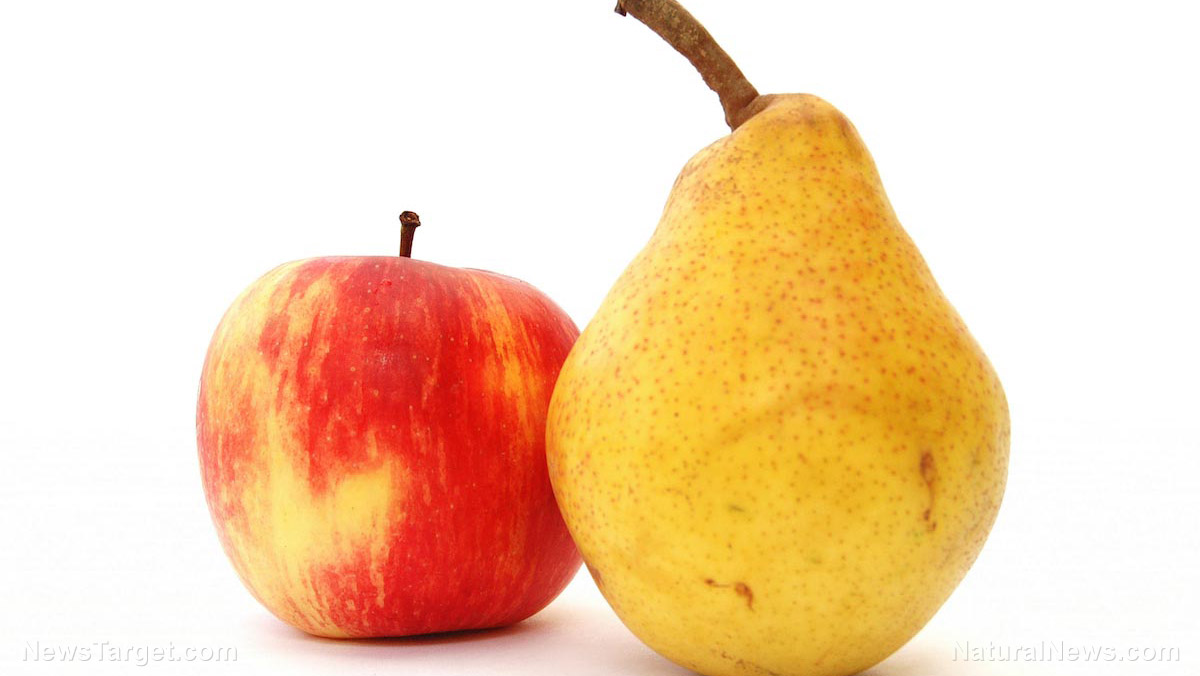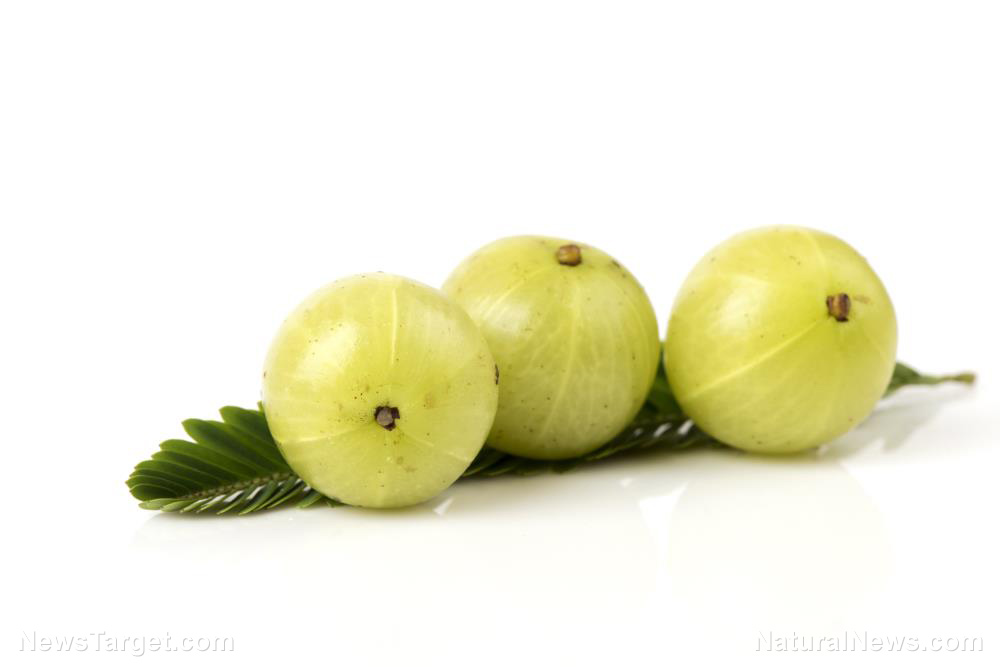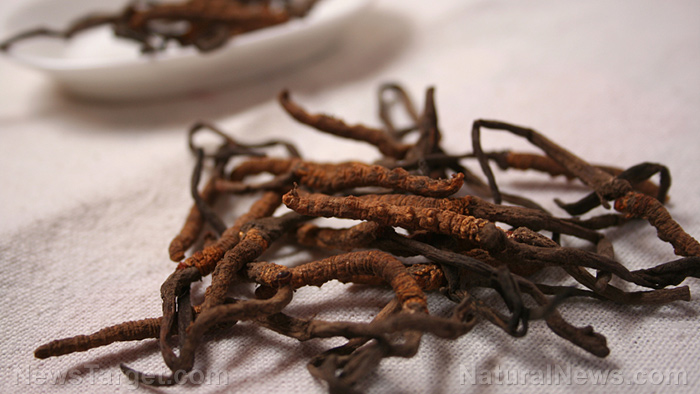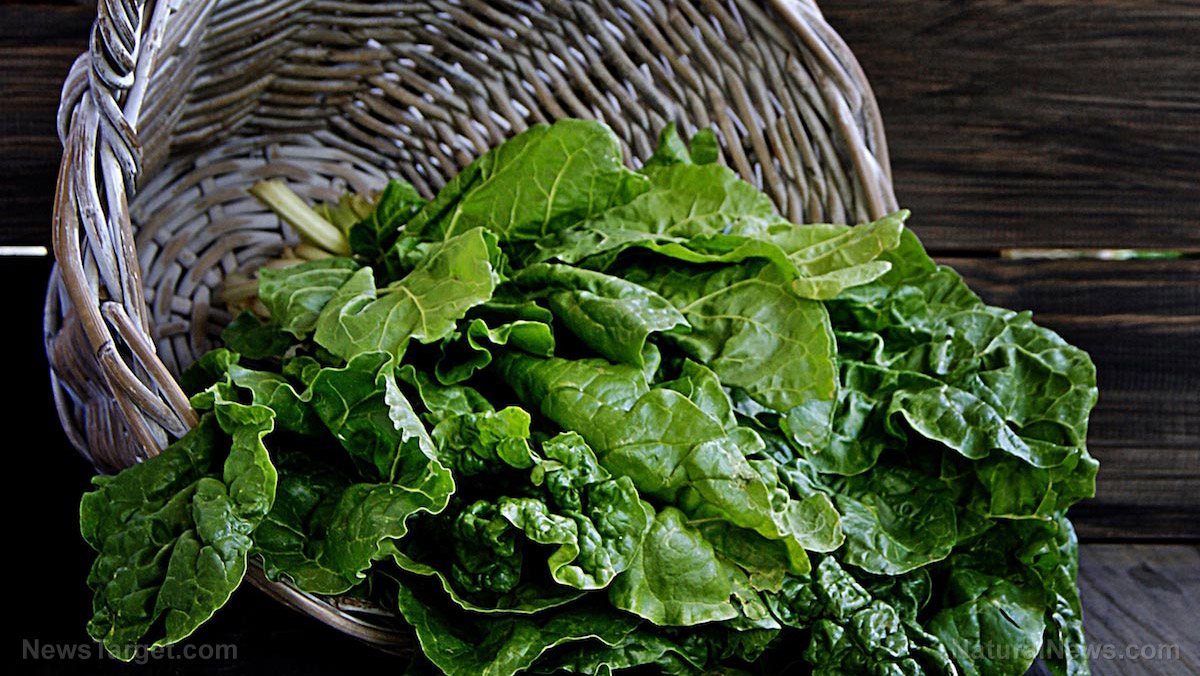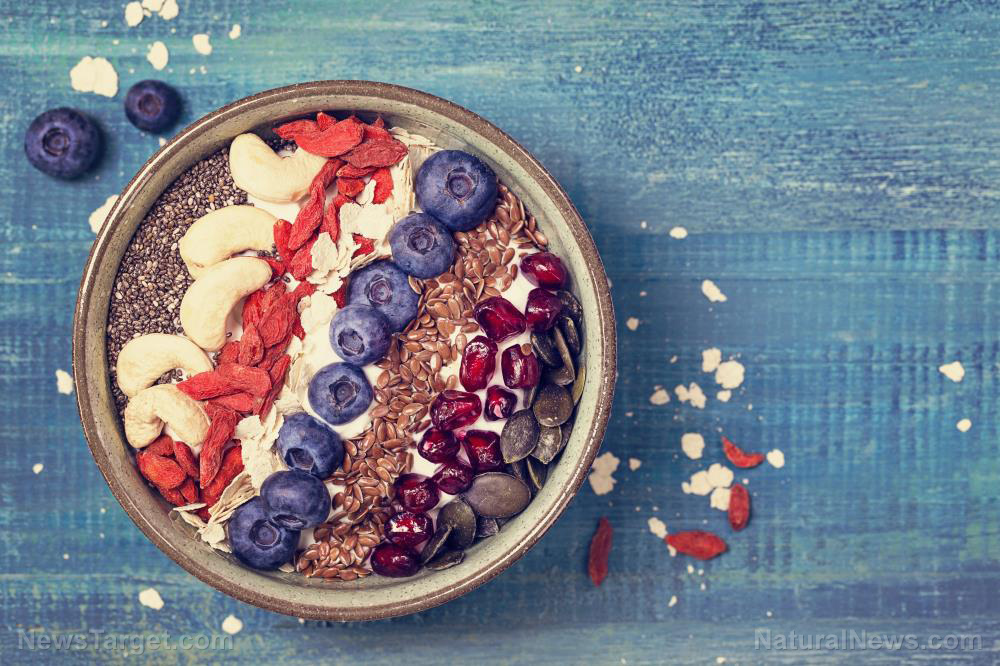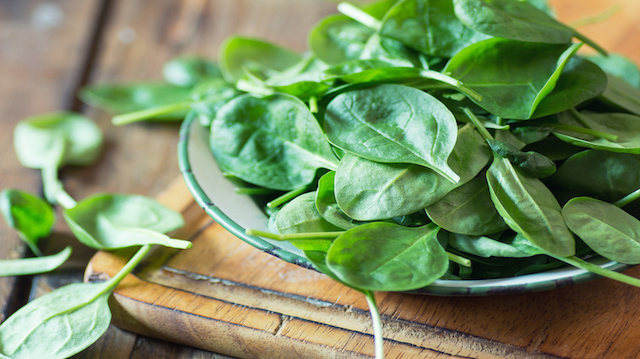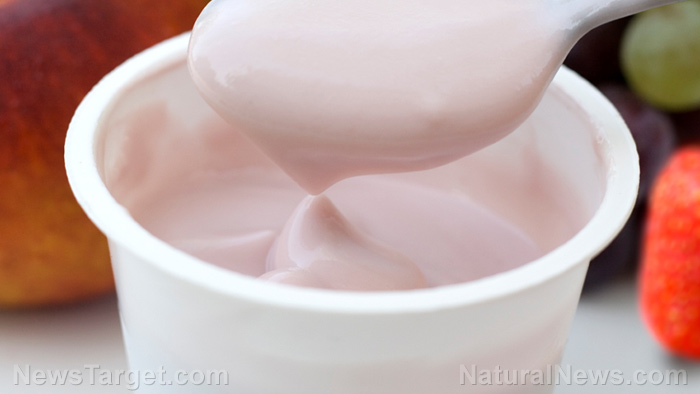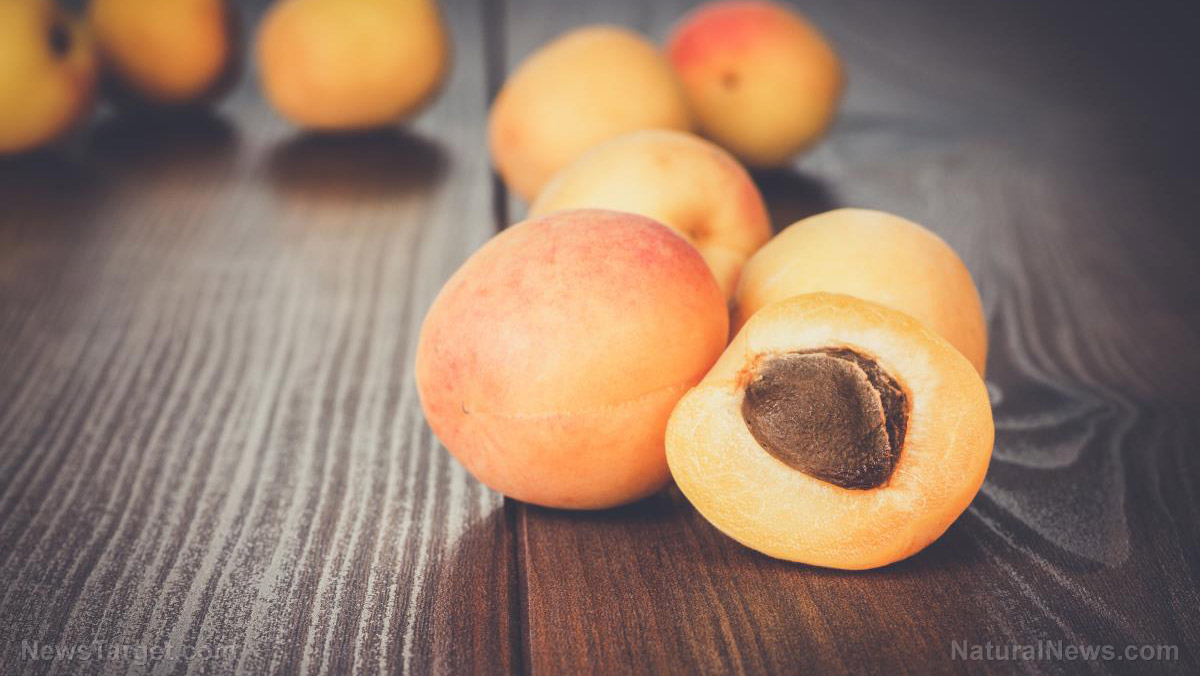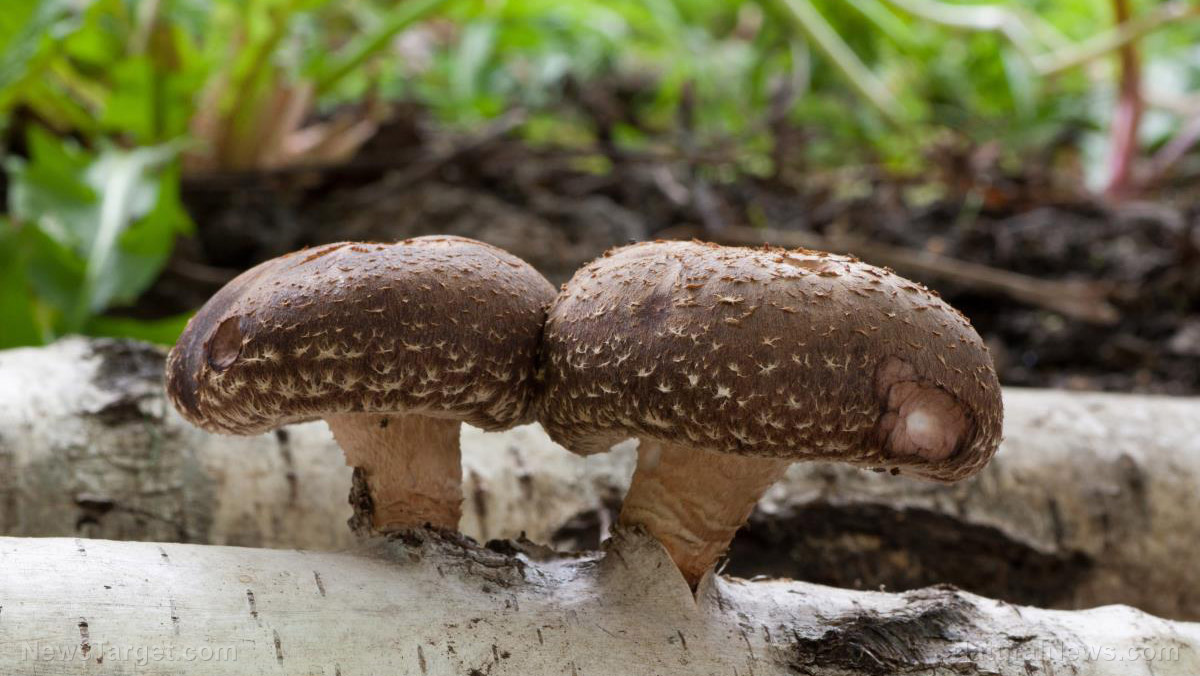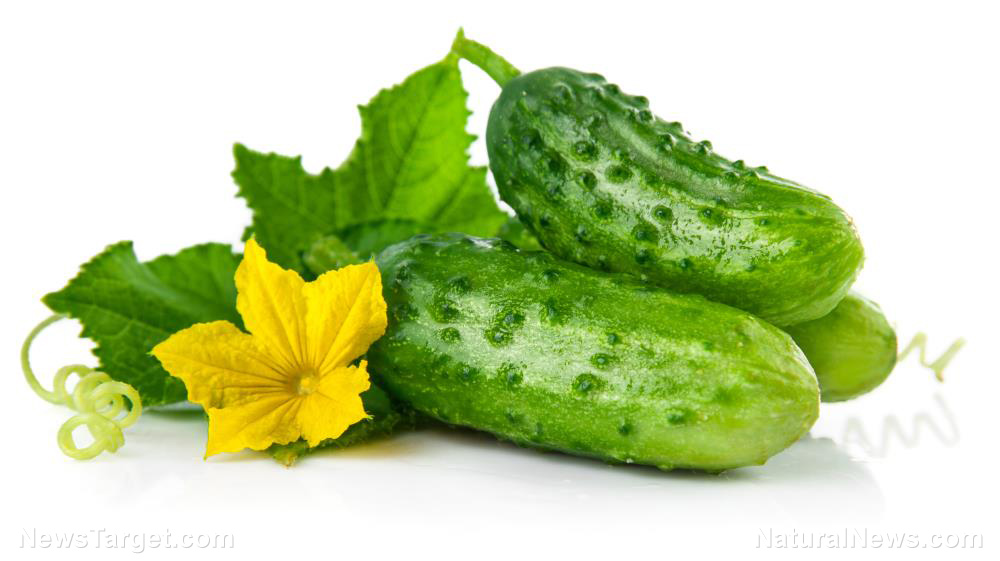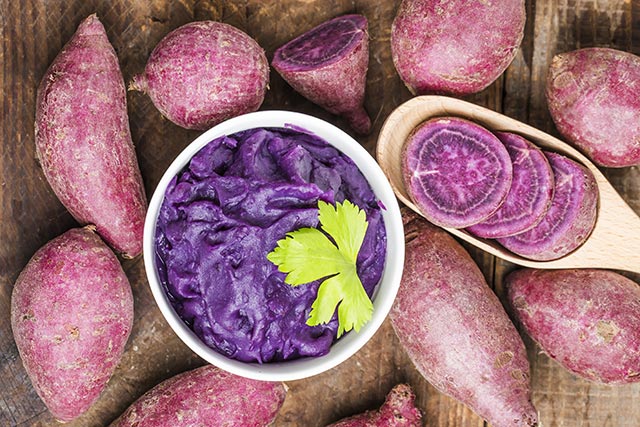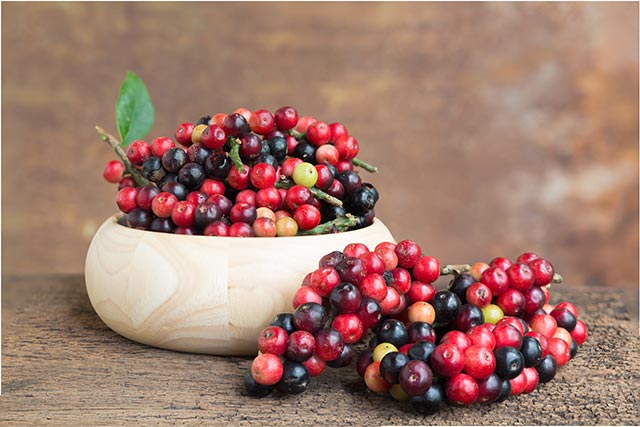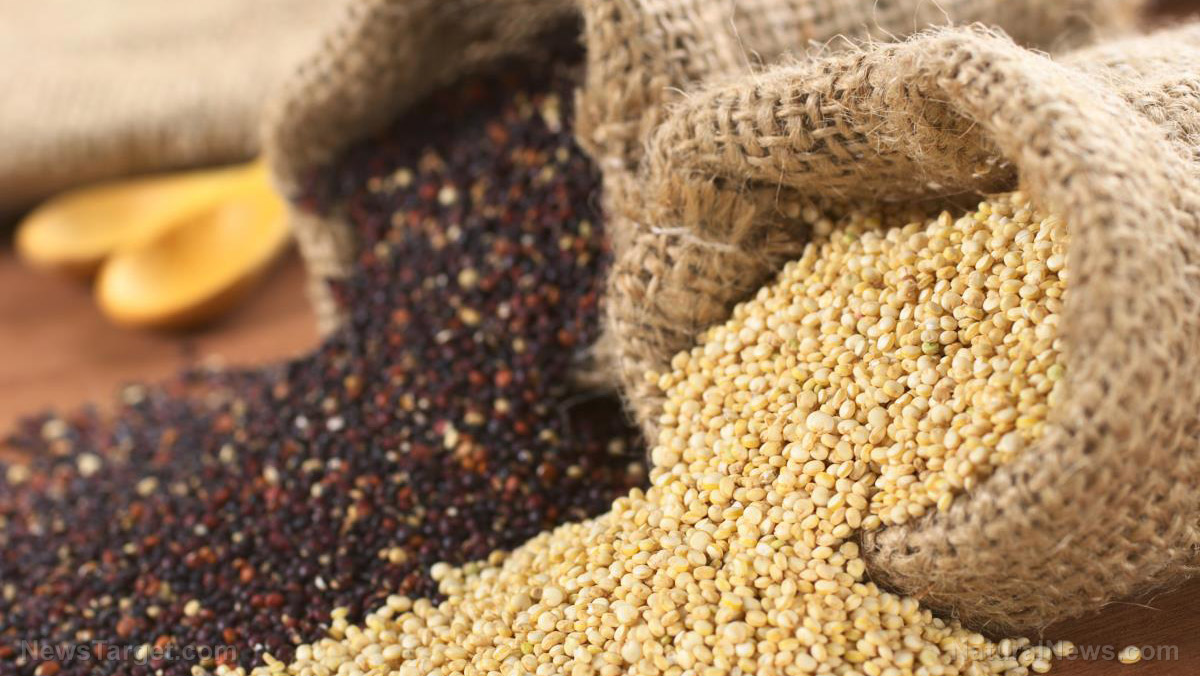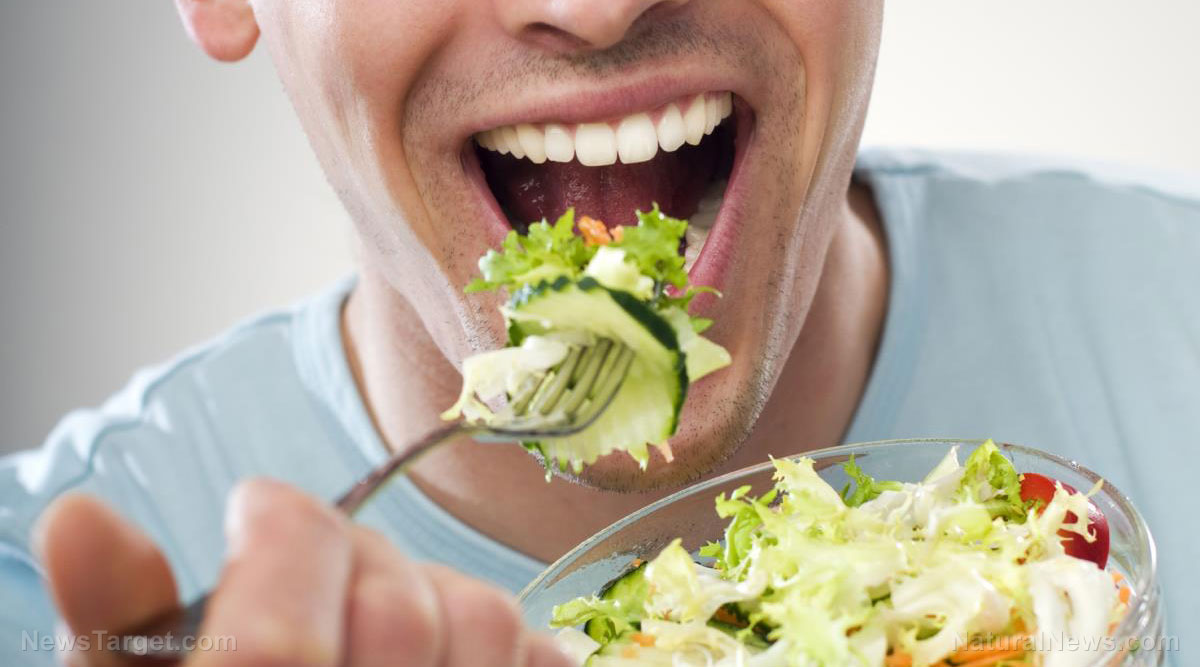Flour derived from seaweed and carob could be used to make antioxidant-rich bread
04/18/2019 / By Ralph Flores
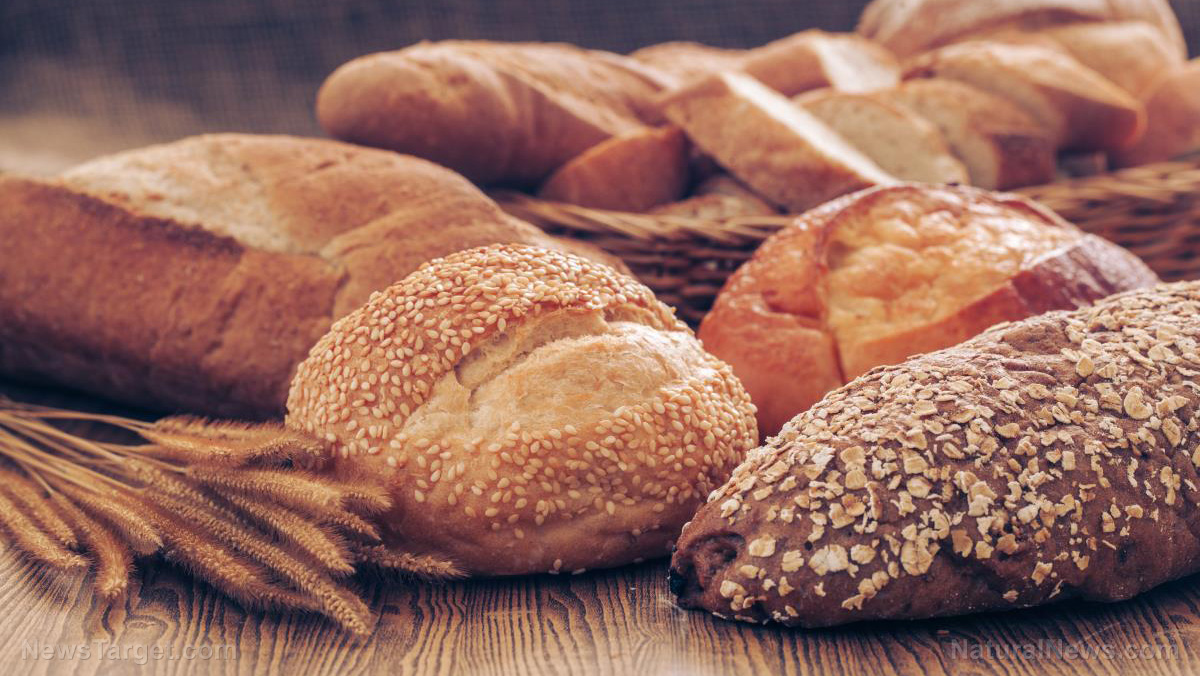
A recent study published in the Journal of Food Processing and Nutrition identified two potential ingredients for fortified bread. In the multi-university study, researchers looked at byproducts from carob (Ceratonia siliqua) and seaweeds as potential ingredients for fortified flour.
- Researchers studied seven types of seaweed to determine which was optimum for breadmaking.
- The results revealed that carob byproducts had significantly higher levels of total phenol compared to seaweeds. In particular, the seed peels had a total Gallic acid equivalent (GAE) of 99.71 micromoles of GA extract per gram (umol GAE/g) of peel.
- The brown alga Himanthalia elongata had the highest total phenol level among the seaweeds examined.
- In vitro tests, including DPPH, ORAC, and TEAC, revealed that carob byproducts had better antioxidant activity than seaweeds.
- H. elongata had the most activity among the seaweeds.
In sum, the researchers identified that both carob byproducts and seaweeds can be used in developing fortified bread.
Learn about other antioxidant-rich superfoods at Antioxidants.news.
Journal Reference:
Rico D, Linaje AAD, Herrero A, Asensio-Vegas C, Miranda J, Martinez-Villaluenga C, Luis DAD, Martin-Diana AB. CAROB BY-PRODUCTS AND SEAWEEDS FOR THE DEVELOPMENT OF FUNCTIONAL BREAD. Journal of Food Processing and Preservation. 2018;42(8). DOI: 10.1111/jfpp.13700
Tagged Under:

